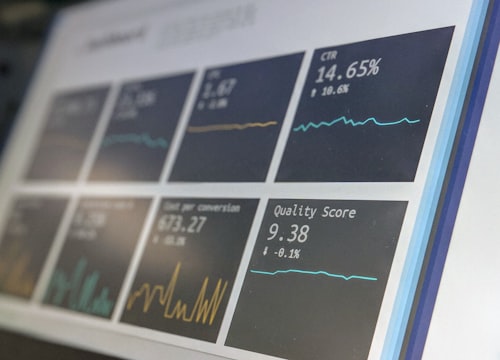Understanding email headers can provide valuable insights into the origin, path, and delivery of an email message. Email headers contain crucial information about the sender, recipient, timestamps, and the various servers involved in the message transmission. In this comprehensive guide, we will explore how to check email headers in Outlook, decipher their components, and use this information to analyze and troubleshoot email-related issues effectively.
What are Email Headers?
Email headers are metadata attached to an email message that provides a detailed record of its journey from the sender to the recipient. While the email content is what we see in our inbox, the headers remain hidden but can be accessed to gain a deeper understanding of the email's characteristics and the infrastructure involved.
Why Check Email Headers in Outlook?
Checking email headers in Outlook can be beneficial for several reasons:
1. Email Authenticity and Security
Examining email headers allows you to verify the authenticity of the message and detect any signs of tampering or spoofing. By analyzing the headers, you can identify if the email is legitimate or potentially part of a phishing attempt.
2. Tracking Email Sources
Email headers provide information about the servers involved in the email delivery process, including the sender's server and the intermediate servers. By analyzing these headers, you can trace the path the email took, identify potential delivery issues, and track the source of suspicious or unwanted emails.
3. Troubleshooting Delivery Issues
If you encounter problems with email delivery, such as emails not reaching the recipient or being marked as spam, email headers can provide valuable diagnostic information. By examining the headers, you can identify any misconfigurations, DNS issues, or spam-related factors that may be affecting email deliverability.
How to Check Email Headers in Outlook
Checking email headers in Outlook is a straightforward process:
1. Open the Email Message
In Outlook, double-click on the email message to open it in a new window.
2. Access the Message Options
In the email window, go to the "File" tab and click on "Properties" or "Message Options" (depending on your Outlook version).
3. View the Email Headers
In the "Properties" or "Message Options" window, locate the "Internet Headers" section. This section contains the complete email header information. You can select the headers, copy them, and paste them into a text editor or an online header analyzer tool for further analysis.
Interpreting Email Headers
Interpreting email headers can seem daunting at first, but with a basic understanding of the different components, you can extract valuable information. Here are some key elements typically found in email headers:
1. From:
The "From" field indicates the email address of the sender. It shows the sender's name and email address.
2. To:
The "To" field displays the recipient's email address. It may also include any CC (carbon copy) or BCC (blind carbon copy) recipients.
3. Subject:
The "Subject" field contains the subject line of the email.
4. Date and Time:
The "Date" field indicates the date and time when the email was sent.
5. Message-ID:
The "Message-ID" field is a unique identifier assigned to the email message by the sender's mail server.
6. Received:
The "Received" field contains a series of entries, each representing the path the email took through various servers. It provides information about the servers' IP addresses, hostnames, timestamps, and the sequence of delivery.
7. X-Headers:
Additional custom or standard headers starting with "X-" may contain extra information added by servers or email clients.
Commonly Asked Questions about Checking Email Headers in Outlook
Q: Can I check email headers in Outlook on mobile devices?
A: Yes, you can check email headers in Outlook on mobile devices. The process may vary slightly depending on the specific email app or version you are using.
Q: What should I look for in email headers to identify a phishing attempt?
A: In email headers, look for inconsistencies in the "From" field, unusual or suspicious email addresses in the "Received" field, and any mismatch between the email content and the headers (e.g., the email claims to be from a reputable company, but the headers indicate a different origin).
Q: How can I track the source of a suspicious email using headers?
A: By analyzing the "Received" field in the email headers, you can trace the path the email took from the sender's server to your inbox. Look for the last "Received" entry with a public IP address or domain name, which indicates the server that delivered the email to you.
Conclusion
Checking email headers in Outlook is a valuable skill that allows you to gain deeper insights into email messages, track their sources, and troubleshoot any delivery issues. By understanding the components of email headers and knowing how to interpret them, you can enhance your email security, detect phishing attempts, and ensure the authenticity of the messages you receive. Use the step-by-step guide provided in this article to access and analyze email headers in Outlook effectively.



